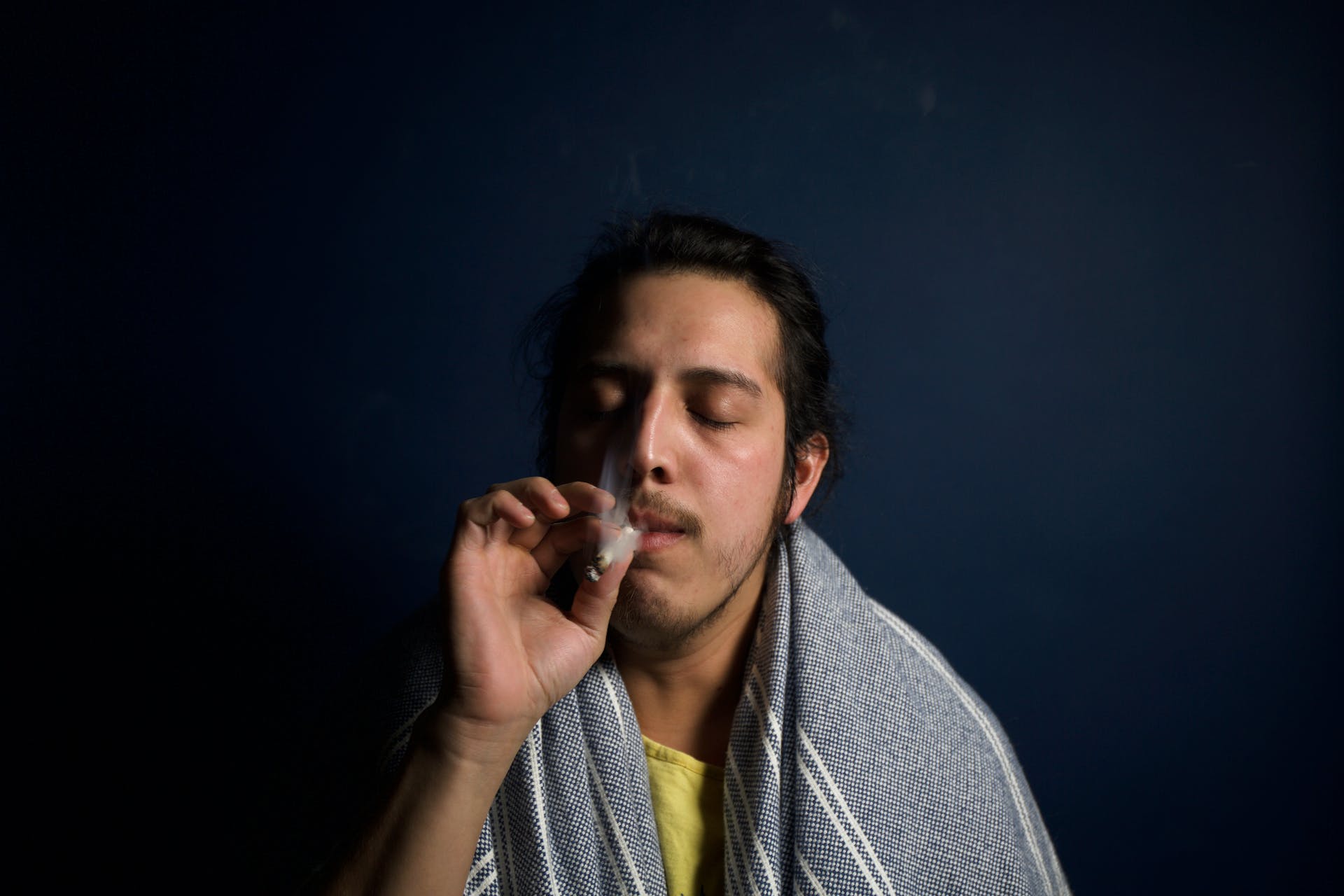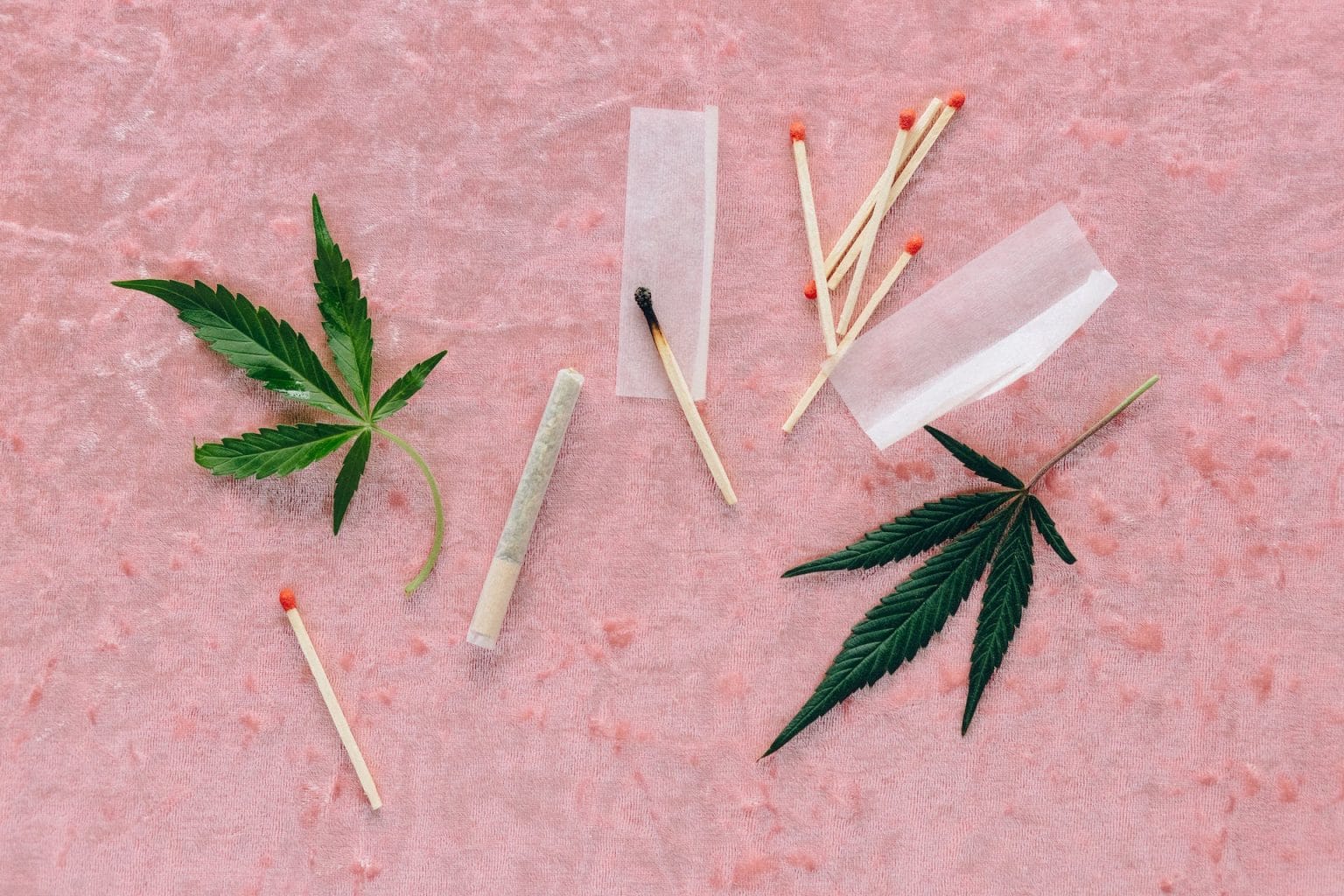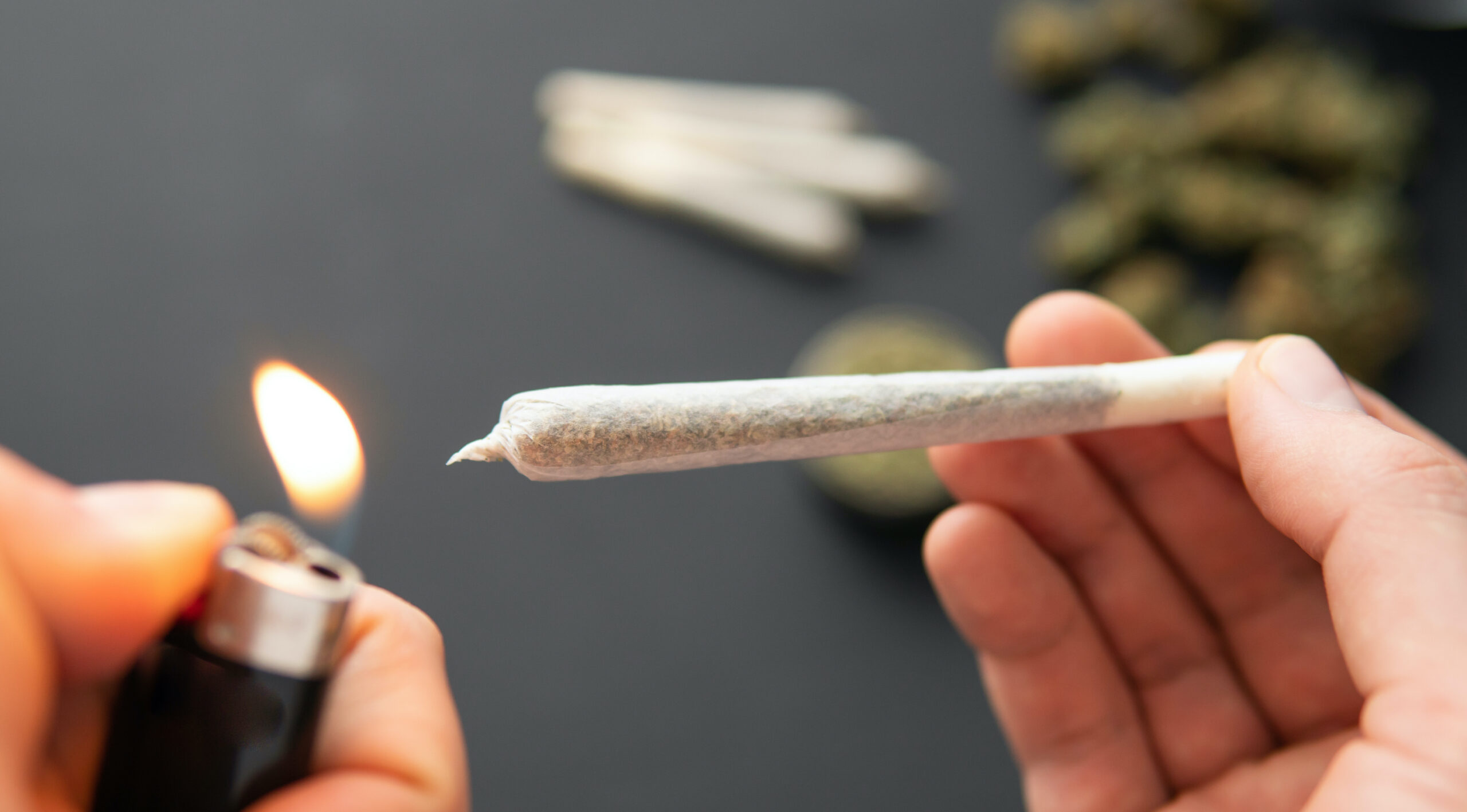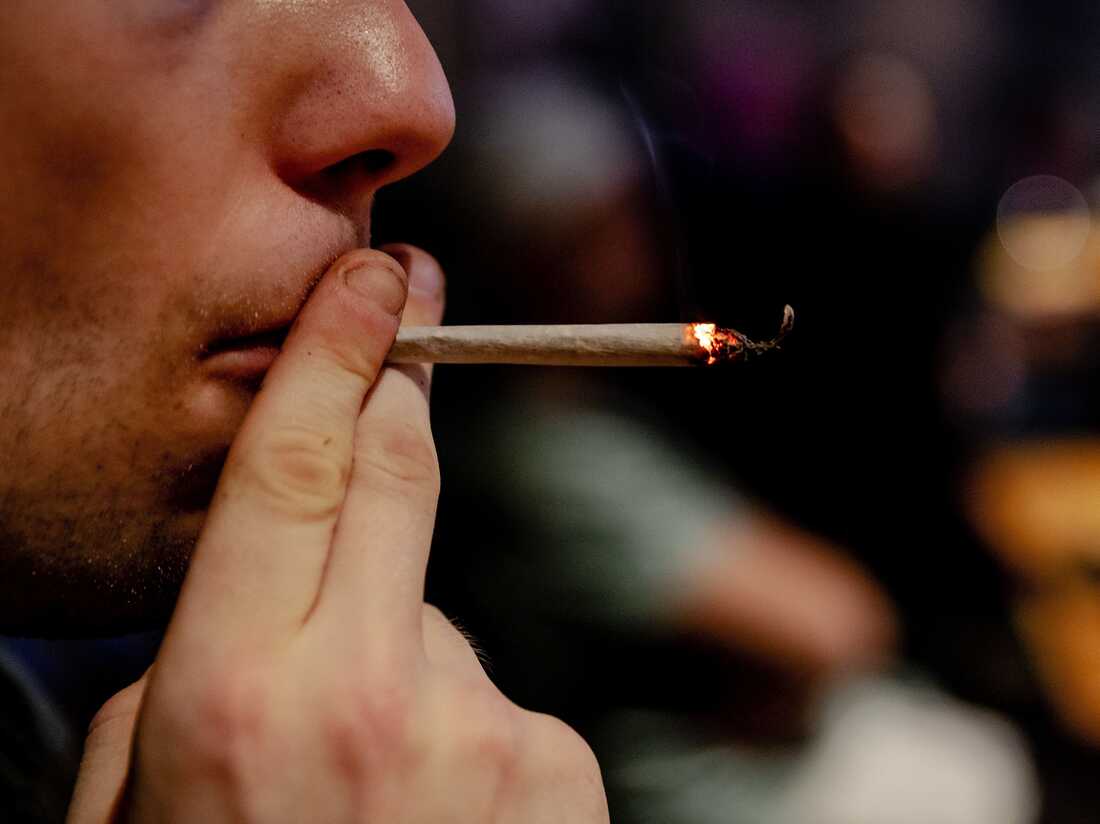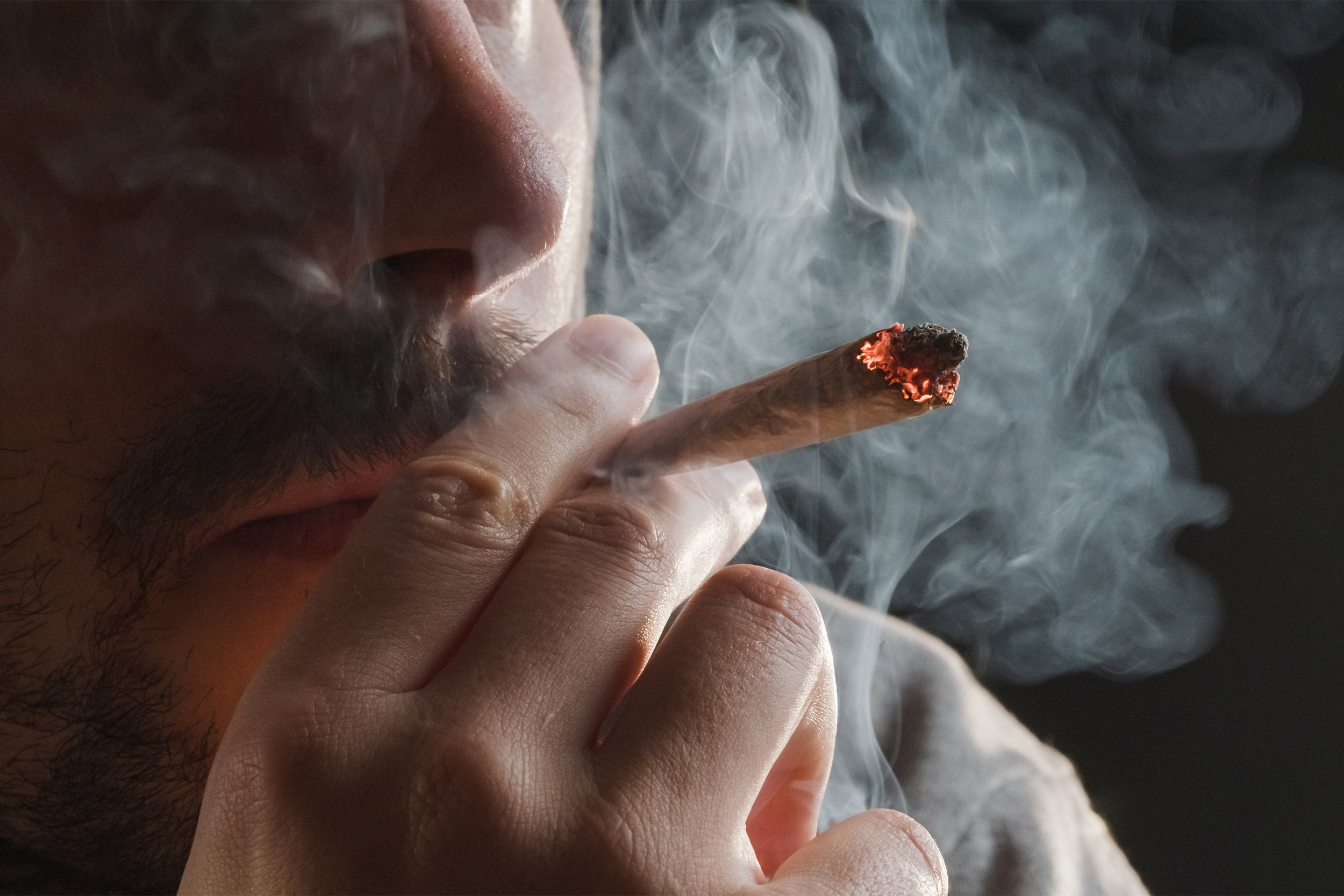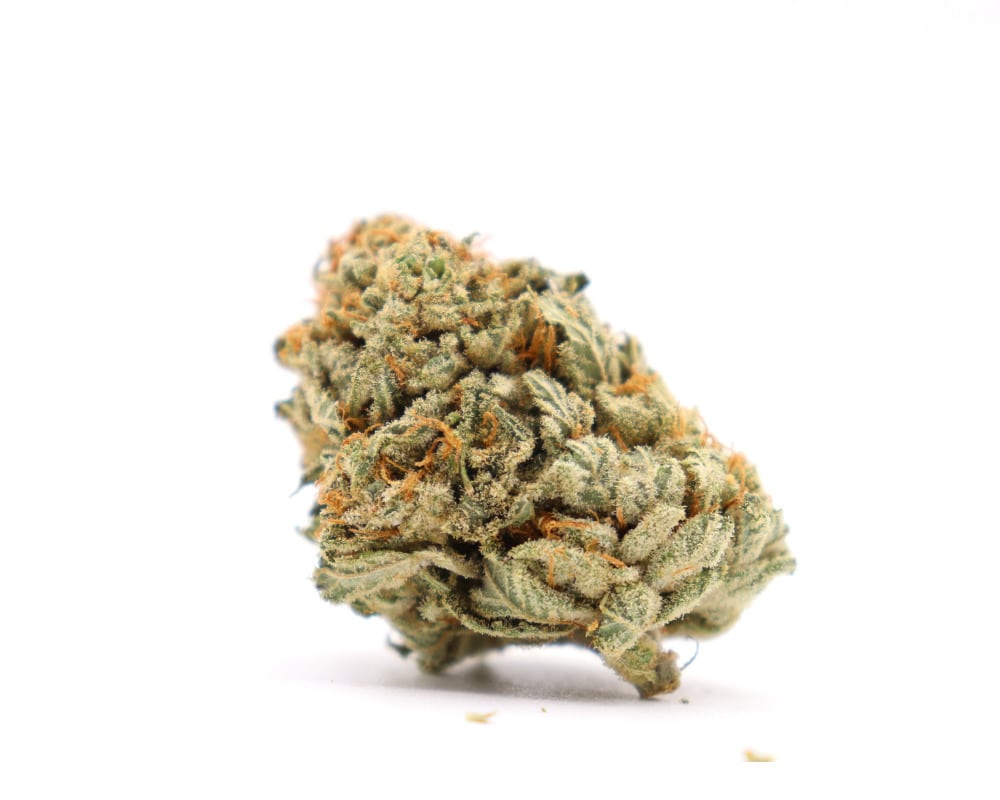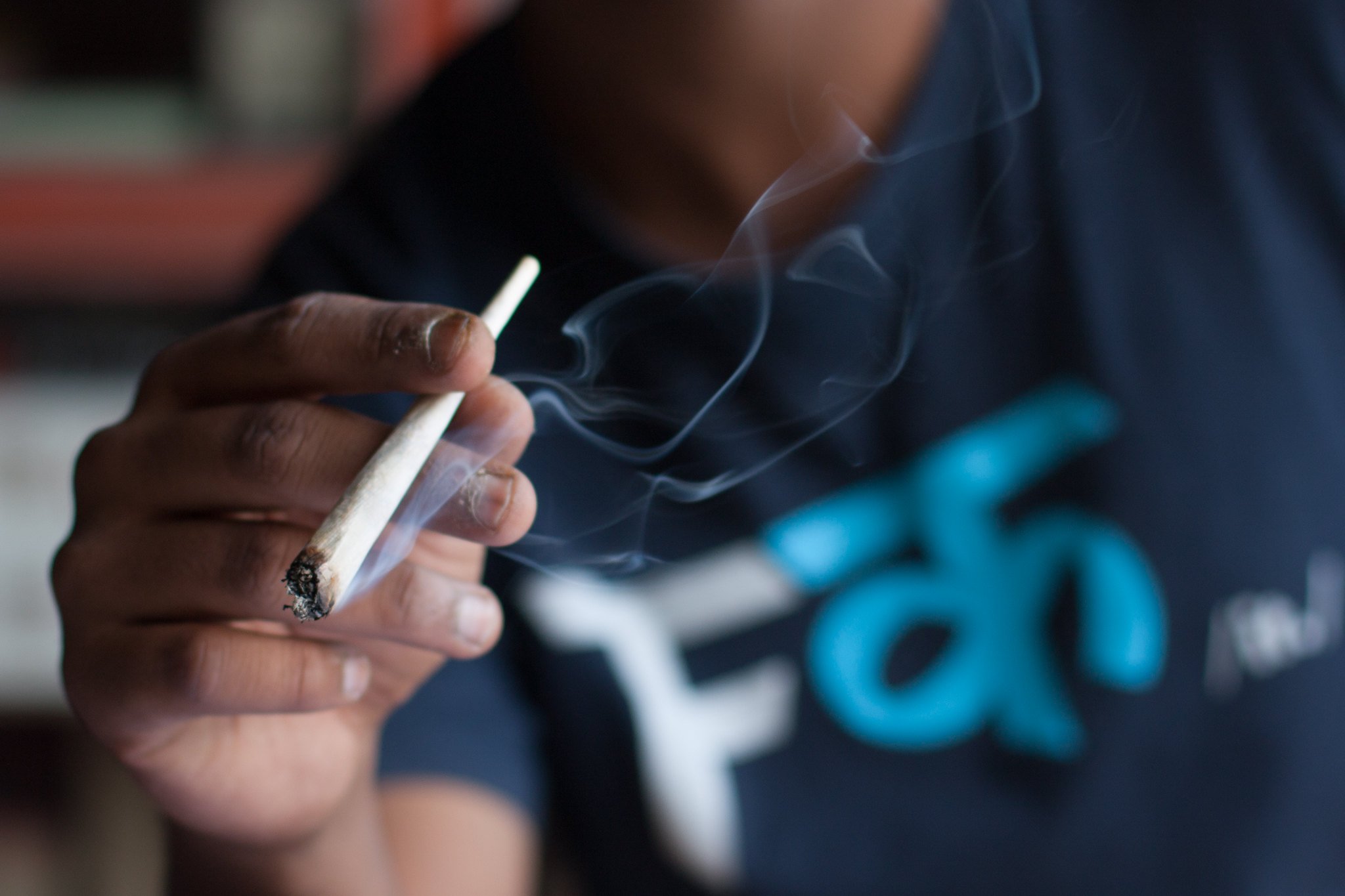Is Smoking A Joint A Day Considered A Heavy User

The question of what constitutes heavy cannabis use is complex and lacks a universally agreed-upon definition. While many consider daily consumption a red flag, experts emphasize that frequency alone doesn't paint the entire picture. The debate highlights the evolving understanding of cannabis and its impact on individuals.
The discussion surrounding daily cannabis use is particularly relevant as legalization spreads and societal norms shift. Understanding the potential implications of different consumption patterns is crucial for informing public health initiatives and individual decision-making. This article explores the nuances of defining heavy use, considering factors beyond just the number of joints smoked.
Defining heavy cannabis use is challenging due to varying individual tolerances, potencies of cannabis products, and methods of consumption. Unlike alcohol, where standardized drink units are easily quantifiable, cannabis dosage is less precise. This variability makes it difficult to establish a clear threshold for what constitutes problematic use based solely on frequency.
Frequency vs. Impact: More Than Just Numbers
Many sources point out that consuming a joint a day doesn't automatically qualify someone as a heavy user. The impact of cannabis use on an individual's life is a critical factor. Some individuals may be able to consume cannabis daily without experiencing significant negative consequences, while others may find that even occasional use disrupts their lives.
The National Institute on Drug Abuse (NIDA) acknowledges that the effects of cannabis vary depending on the person, the strain, and the method of use. They emphasize the importance of considering the overall impact on a person’s health, relationships, and responsibilities.
Considerations such as mental health, physical health, and social functioning play a crucial role. If daily cannabis use is interfering with work, relationships, or mental well-being, it's more likely to be classified as problematic.
Expert Perspectives: Beyond the Daily Joint
Dr. Alan Budney, a professor of psychiatry at Dartmouth's Geisel School of Medicine, has conducted extensive research on cannabis use disorders. He argues that the definition of heavy use should focus on the consequences of use, not just the quantity consumed.
He states that "It's not just about how much someone uses, it's about how it affects their life." This perspective aligns with the diagnostic criteria for cannabis use disorder, which focuses on problematic patterns of use leading to significant impairment or distress.
Furthermore, other researchers emphasize the importance of considering the THC content of the cannabis being used. A joint made with high-potency cannabis will have a different effect than one made with low-potency cannabis.
The Role of Tolerance and Dependence
Regular cannabis use can lead to tolerance, meaning that the individual needs to consume more cannabis to achieve the same effect. This can lead to increased consumption over time.
Dependence is another concern. While not everyone who uses cannabis develops dependence, it's a risk, especially with frequent use. Symptoms of dependence can include withdrawal symptoms when use is stopped, such as irritability, anxiety, and sleep disturbances.
The Substance Abuse and Mental Health Services Administration (SAMHSA) provides resources for individuals struggling with cannabis use and dependence. They emphasize that help is available and recovery is possible.
The Impact on Society and Public Health
The debate over what constitutes heavy cannabis use has implications for public health policies and treatment strategies. Accurate information about the risks and benefits of cannabis use is crucial for informing both individual choices and public health initiatives.
As cannabis legalization continues, it's important to develop consistent and evidence-based definitions of heavy use to guide research and clinical practice. This will allow for better identification of individuals who may benefit from treatment and support.
Furthermore, public health campaigns should focus on promoting responsible cannabis use and educating the public about the potential risks and benefits. Open and honest conversations about cannabis are essential for reducing stigma and promoting informed decision-making.
A Personalized Perspective: Sarah's Story
Sarah, a 30-year-old professional, started using cannabis daily to manage anxiety. Initially, it seemed helpful, but over time, she found herself relying on it more and more.
While she only smoked one joint a day, she noticed it was affecting her work performance and her relationships. She realized that her cannabis use, despite being relatively moderate in quantity, had become a problem.
Sarah's experience highlights the importance of self-awareness and recognizing when cannabis use is negatively impacting one's life. It underscores the fact that the definition of heavy use is ultimately personal and depends on individual circumstances.
In conclusion, defining whether smoking a joint a day qualifies as heavy cannabis use is not a simple yes or no answer. The impact on an individual's life, rather than just the frequency of use, is the most important factor. Individuals experiencing negative consequences from their cannabis use should seek professional help.
